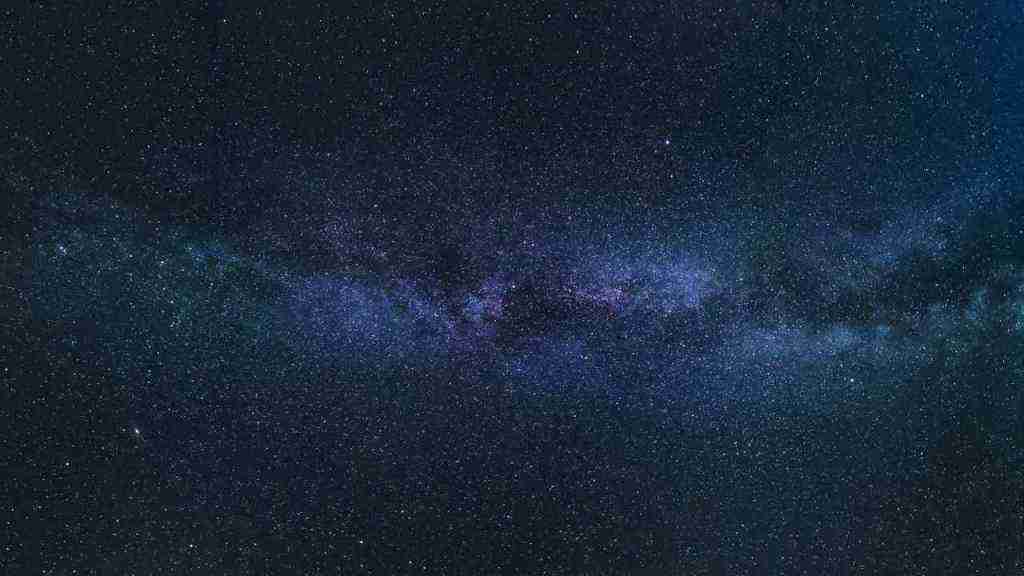Webb’s First Galaxies: Unveiling the Early Universe
A Cosmic Odyssey into the Dawn of Time
Prepare for an epic adventure as we embark on a journey through the annals of cosmic history, guided by the groundbreaking observations of NASA’s James Webb Space Telescope (JWST). This celestial time machine has transported us back to the very beginnings of the universe, revealing tantalizing glimpses of the first galaxies ever formed. Brace yourself for a mind-blowing exploration of the JWST’s discoveries and their profound implications for our understanding of the cosmos.
Hubble vs. Webb: A Tale of Two Telescopes
Before the arrival of JWST, the Hubble Space Telescope had dominated our view of the distant universe. But Webb’s advanced capabilities have revolutionized our perception, unveiling faint red smudges where Hubble’s sharper images once stood. These smudges represent the earliest galaxies, their light stretched and reddened by the vast expanse of time and space.
To decipher these faint signals, astronomers rely on spectroscopy, a technique that analyzes the wavelengths of light absorbed by gases within galaxies. This data provides crucial insights into the composition and properties of these primordial structures.
Hydrogen Gas Abundance: The Building Blocks of Galaxies
Spectroscopic analysis of JWST images reveals the widespread presence of neutral hydrogen gas within the first galaxies. This gas is the raw material from which stars and galaxies form, and its abundance suggests that these galaxies were actively assembling themselves.
As the gas cools and clumps, it creates denser regions that eventually collapse under their own gravity, triggering the birth of new stars. This process, known as galaxy assembly, is a fundamental step in the evolution of the universe.
Star Formation Implications: Igniting the Cosmic Furnace
The presence of neutral hydrogen gas in these early galaxies has profound implications for star formation. Gas is the fuel that powers star birth, and its abundance suggests that the first galaxies were hotbeds of stellar activity.
JWST’s observations provide a unique window into the earliest stages of star formation, allowing astronomers to study the conditions and processes that gave rise to the first stars. These insights will help us unravel the mysteries of cosmic evolution and shed light on the origins of our own solar system.
Cosmic Evolution: Tracing the Tapestry of Time
The data collected by JWST offers a tantalizing glimpse into the earliest moments of cosmic history, enabling us to trace the formation and evolution of the universe. These observations provide clues about the conditions and processes that shaped the large-scale structures we see today, including galaxies, clusters, and superclusters.
By studying these ancient galaxies, astronomers hope to unravel the mysteries of the early universe and gain a deeper understanding of the cosmic evolution that has brought us to the present day.
Webb’s First Galaxies: Unveiling the Early Universe (Conclusion)
Implications for Future Research
Webb’s groundbreaking observations have profound implications for future research in astrophysics and cosmology.
Studying Galaxy Formation
Webb’s detailed images and spectra provide a wealth of data for scientists studying the formation and evolution of galaxies. These observations enable astronomers to test theoretical models and simulations, gaining a deeper understanding of how galaxies assemble and grow.
Understanding Star Formation
The presence of neutral hydrogen gas in the early galaxies suggests that star formation is just beginning. Webb’s data will help unravel the processes that lead to the formation of stars, providing insights into the early stages of cosmic evolution.
Exploring the Early Universe
Webb’s observations extend our understanding of the early universe, shedding light on the conditions and processes that shaped the cosmos. Data from Webb will help scientists understand the formation of the first galaxies and the evolution of cosmic structures.
Collaboration and Interdisciplinary Science
Webb’s observations foster collaboration between astronomers and astrophysicists. By combining data from multiple sources, interdisciplinary research will advance our understanding of the universe, unraveling the mysteries of galaxy formation, star formation, and the early universe.
Conclusion
The James Webb Space Telescope has revolutionized our understanding of the early universe. Its first images and spectra of the earliest galaxies have provided unprecedented insights into the formation and evolution of galaxies, star formation, and the early cosmos. Webb’s capabilities will continue to drive groundbreaking research in astrophysics and cosmology, expanding our knowledge of the universe and its origins.
